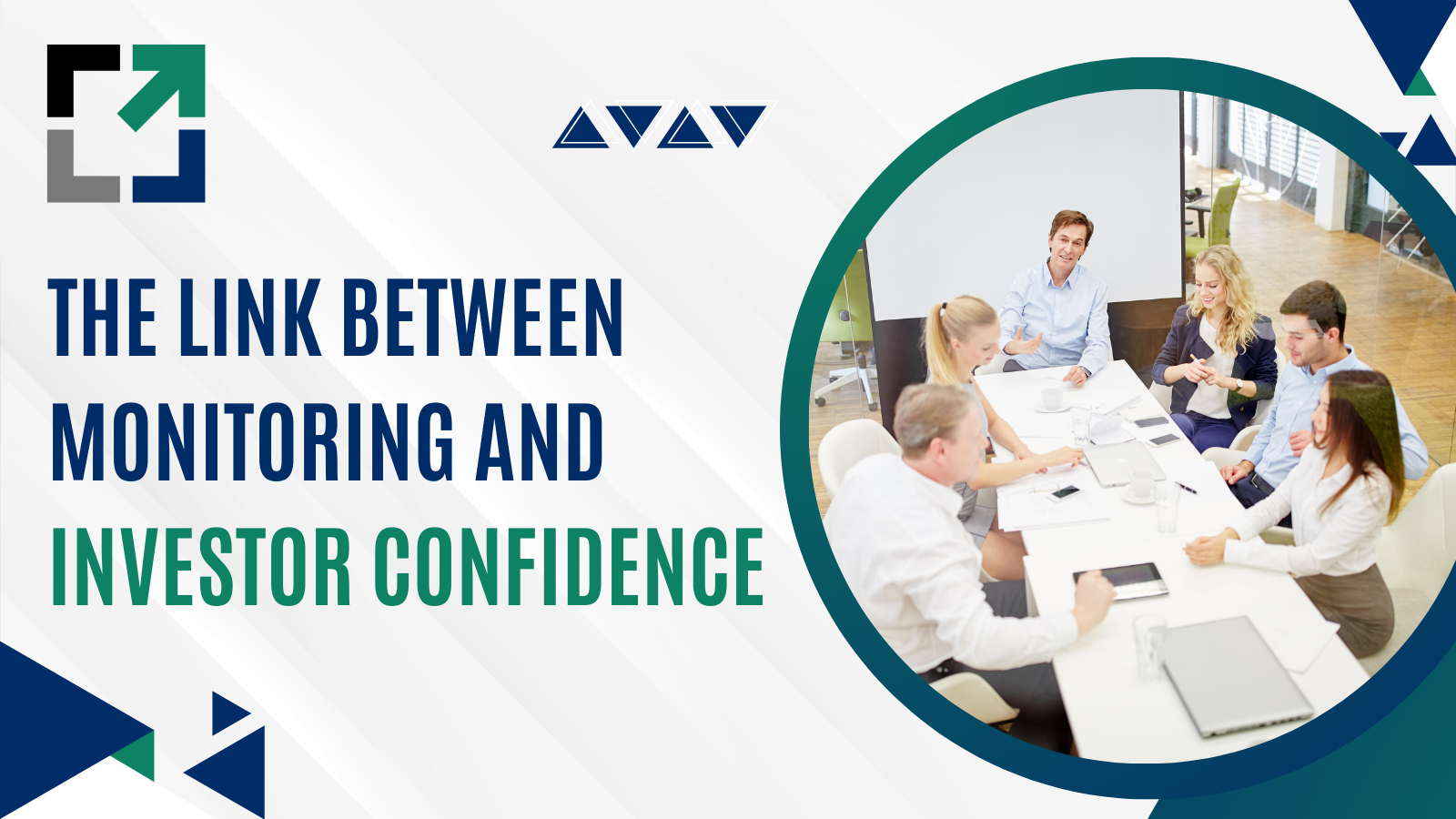How to remain profitable and stay profitable as a startup investor…
As a venture capitalist or angel investor, you are always on the lookout for new opportunities to invest in early-stage startup companies.
As easy as it is for a startup to create phenomenal growth is as easy as the opposite. By looking for telltale signs to exit an investment, you and your company can remain profitable.
Obviously, these companies have a high potential for growth and can be very profitable if they succeed. However, you also need to be aware of when it’s time to exit those investments. Too often, VCs get caught up in the excitement of new investment and don’t take the time to assess whether it’s still a good opportunity. By paying attention to certain factors- such as the company’s leadership, market potential, and financial stability-VCs can avoid costly mistakes and protect their portfolios. In this article, we will discuss 10 signs that it may be time to exit your investment in a startup company.
Types of exits founders & investors can take
When it comes to investments in startup companies, there are a few different types of exits that can be taken by the founders and investors.
In most cases, the goal of the investors is to exit their investment and take profits as soon as possible. This can be done in a few ways, such as selling their shares back to the company, finding another investor who is interested in buying into the company, or taking the company public (an IPO) or initial public offering.
The founders of a startup company may also choose to exit their investment in order to move on to other projects. This can be done by selling their shares back to the company or finding another investor. However, if the founders want to keep control of the company, they may choose to take it public instead.
There are several advantages and disadvantages to each type of exit. It’s important for both the founders and investors to understand what these are so they can make an informed decision about when is the best time to exit their investment.
What are the signs it’s time to exit an investment?
As a venture capitalist or angel investor, it’s important to be aware of when it’s time to exit an investment in a startup company.
There are several signs that can indicate that it may be time to exit an investment. Some of the most common signals include:
- When the company is struggling financially
- When the founders want to exit (not under your control)
- When there is no clear path to profitability, and when the market potential is uncertain.
If VCs are seeing any of these warning signs, they should take the time to assess whether the investment is still worth keeping. By paying attention to these factors, they can avoid costly mistakes and protect their portfolios.
VCs should also be prepared for situations where the company does not meet its expectations. In some cases, it may be best to exit the investment even if things are going well financially for the company. This could happen if there is no clear path to profitability or if the market potential is uncertain.
When making a decision about whether or not to exit an investment, VCs need to weigh all of the factors involved and make a decision that is in the best interests of their portfolio companies and themselves.
How can VCs protect their portfolios and remain profitable as often as possible?
As a venture capitalist or angel investor, your job is to be profitable as much as possible and protect your assets. Sure, you’re taking a risk with any company, but by setting boundaries and taking a few precautions, you can mitigate as much risk as possible.
If VCs are seeing any of these warning signs we mentioned above (signs it is time to exit investment), they should take the time to assess whether the investment is still worth keeping. By paying attention to these factors, they can avoid costly mistakes and protect their portfolios.
In some cases, it may be best to exit the investment even if things are going well financially for the company. There are a few methods to taking profit early (or on time).
The first is done by the company itself.
When a company buys back its own shares from investors, it’s called a share buyback. It’s a way for the company to return value to its shareholders and can be done in a few different ways.
There are several reasons why a company might choose to do a share buyback. For one, it can be used as a way to reward shareholders for their loyalty and investment in the company. It can also be used to boost the stock price of the company and make it appear more attractive to potential investors.
Share buybacks can be beneficial for both the company and its shareholders, but there are also some risks involved. Companies need to be careful not to overspend on share buybacks and end up bankrupting themselves. And if the stock price is artificially inflated, it could come crashing down when the buyback is complete.
Secondary markets offer a unique opportunity for startup investors. By selling shares in a company on a secondary market, investors can exit their investments while still retaining some ownership in the company. This can be beneficial for both the investor and the company, as it allows the company to raise additional capital while giving the investor a chance to make a profit on their investment.
The Reality…
When making a decision about whether or not to exit an investment, VCs need to weigh all of the factors involved and make a decision that is in the best interests of their portfolio companies and themselves.
Investors have a few different options when it comes to exiting an investment. They can sell their shares on a secondary market, do a share buyback, or wait for the company to go public.
While each of these methods has its benefits, there are also some risks involved. Investors need to weigh all of the factors involved and make a decision that is in the best interests of themselves and their portfolio companies.
VCs can protect their portfolios by paying attention to warning signs that it’s time to exit an investment. By doing so, they can avoid costly mistakes and remain profitable as often as possible.
Make sure to do your due diligence and find the best opportunities to enter and exit to remain profitable as an investor.






